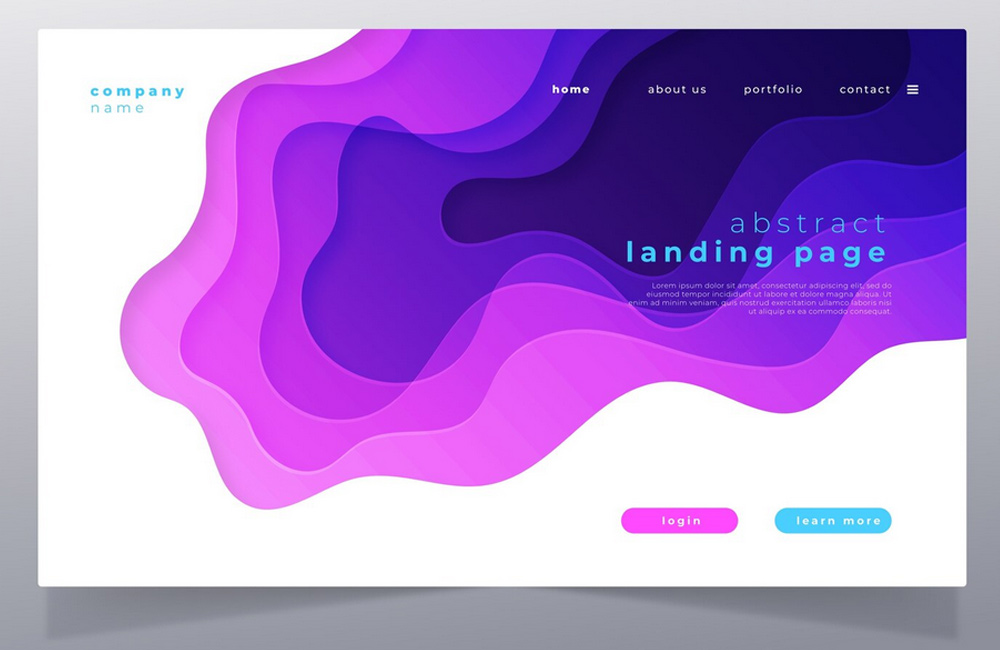Design is more than aesthetics. Every color, shape, and space impacts the subconscious – influencing how decisions are made. In web design, psychology plays a central role: it determines whether a visitor stays, trusts, and acts – or scrolls away.
Colors Speak to Emotions
Colors are one of the most powerful psychological tools in design. Blue represents trust and security, red activates energy and attention, green has a calming and natural effect. Conscious color choices can subtly influence emotions and reinforce the brand message.
Shapes and Lines Guide Behavior
Rounded shapes feel soft, welcoming, and harmonious – fostering sympathy. Angular lines and geometric structures convey strength, stability, and clarity. Combining both elements in web design can create balance: trust and dynamism at the same time.
Typography Influences Perception
Fonts are silent mood carriers. Elegant serif fonts convey competence and reliability, while sans-serif fonts appear modern, clear, and accessible. It is crucial that typography matches the brand character and remains readable on all devices.
White Space as a Tool for Calm
Often underestimated but essential: white space creates focus and makes information easier to absorb. It signals quality, structure, and awareness. Studies show that users perceive websites with sufficient white space as more professional and credible.
Emotions Drive Decisions
People rarely make purely rational decisions. Cohesive design appeals to the limbic system – the part of the brain that processes emotions. When a visitor feels comfortable, understood, and safe, they are more likely to interact or make a purchase.
Conclusion: Good Design Feels Right
Psychological web design is not manipulation, but conscious communication. It uses insights from perception, emotion, and behavior to create an atmosphere of trust. When design and psychology work hand in hand, a website becomes a true experience.
Image: freepik.com

